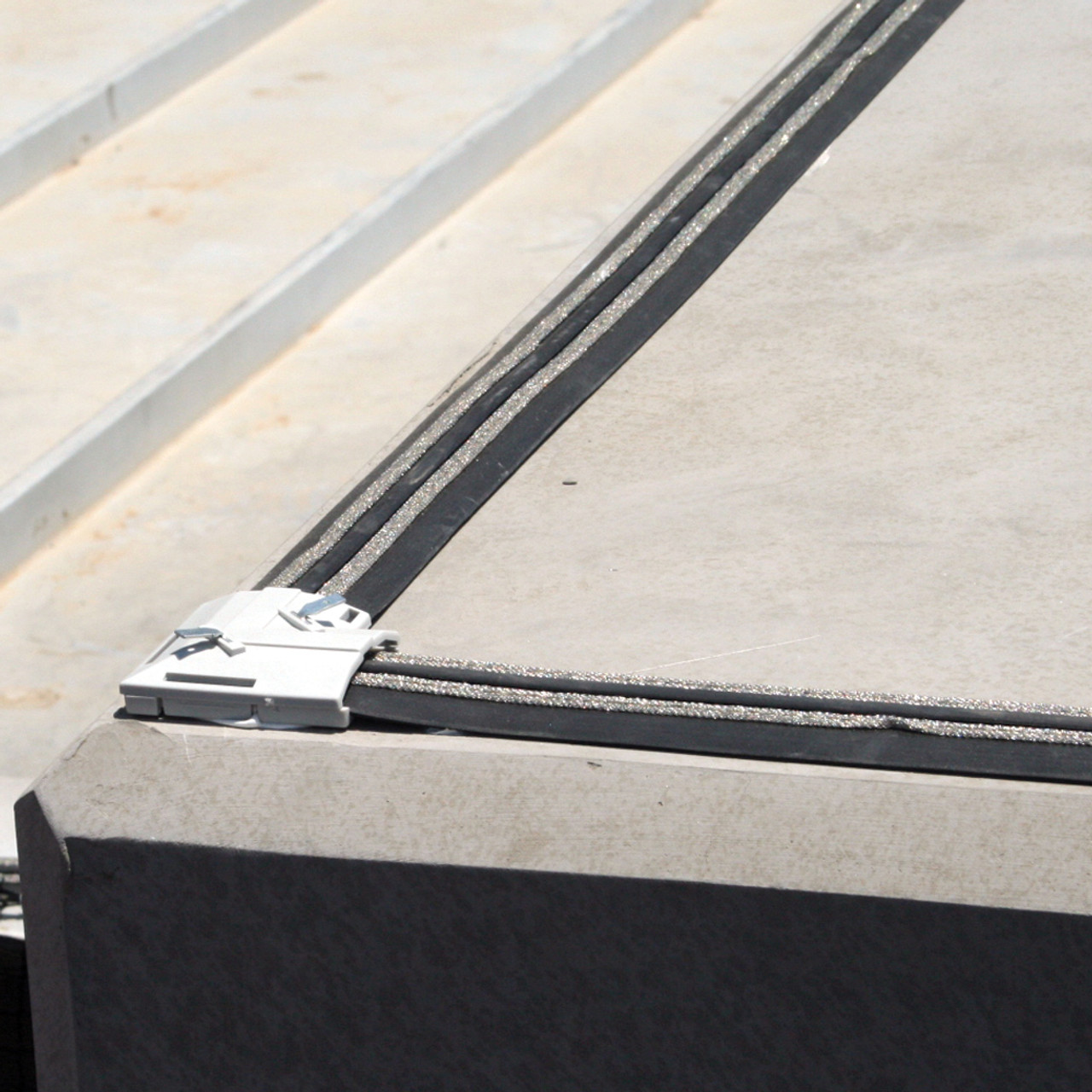Sparrows are often cute and adorable, but they can also pose a threat when they enter your home. Their ability to adapt and breed quickly can cause infestations that result in a myriad of issues, including health hazards to damage to your property. For a healthy, clean environment, it’s vital to know how to manage and remove sparrow birds.
Learning to Understand the Sparrow Problem
Before we discuss ways to rid the sparrow birds of our homes it is important to understand why they’re a problem. The sparrow in the house is believed to be able to adjust and thrive in urban settings. Nests are typically located in places that are hard to access, such as on house shutters and drainage pipes, rafters and corrugated metal siding. Their nests can lead to major issues, like obstruction of gutters, damages to machinery as well as fire hazards caused by hot metal equipment. Sparrow droppings are also the source of harmful bacteria, fungi and ectoparasites which can trigger serious health problems like salmonella, histoplasmosis or toxoplasmosis. Therefore, addressing sparrow infestations and learning how to get rid of sparrow birds promptly is vital for both health and safety.

Sparrows: How to get rid of them using practical methods
The installation of physical barriers is one of the most effective methods to get rid of house sparrows. Bird netting or mesh screens can be used to protect potential nesting sites such as rafters, eaves, and vents. These barriers will prevent birds from gaining access to the nesting areas and limit their likelihood of nesting.
Repellents and deterrents : You can use repellents and deterrents to ward off sparrows. Reflective surfaces like foil strips and mirrors can be used to repel sparrows. Ultrasonic repellents emit sounds that are unsettling for birds, but cannot be heard by humans. These devices will keep sparrows away from your yard and causing harm to the birds.
Traps: When there is a severe infestation traps could be an effective tool to remove sparrows. Humanly capture sparrows using live traps designed specifically for the purpose. After being trapped the birds must be relocated in a safe habitat from your home. Traps should be used in the spirit of local wildlife laws.
Professional Services: If you’re faced with a large number of nesting sites or an extensive infestation It’s best to seek professional pest control services. Experts in bird removal are able to determine the issue and employ advanced removal methods. They can also offer long-term, custom-designed solutions.
Sparrow Nest Management: Effective Strategies
Regular maintenance and inspections: Inspect potential nesting areas in your home including vents and gutters. Nests should be removed as soon as is possible to avoid sparrows from becoming a major threat. Nests can contain harmful bacteria, so you should be careful when handling the nests.
Cleaning and Sanitizing Following removing sparrow nests, thoroughly clean and sanitize the area to remove any nesting materials and droppings. This will aid in eliminating the spread of bacteria and prevent sparrows from returning. Use protective gear and the appropriate cleaning chemicals to prevent exposure to pathogens that cause harm.
Repair and prevention: After nests are removed Repair any damage caused by sparrows. Check that all entry points are sealed to prevent sparrows from returning. Consider installing bird-proofing measures like spikes and barriers to deter nesting.
Habitat Modification: Changing the habitat surrounding your property could cause it to be less appealing to sparrows. The trimming of trees and bushes near your house can reduce nesting sites. Additionally, removing food sources like unattended trash or pet food will deter birds from coming to your home.
The article’s conclusion is:
To effectively manage sparrow populations, you need to combine preventive measures with active control strategies. Knowing how to eliminate sparrows is essential. Utilizing repellents, constructing physical barriers and seeking professional assistance when needed will allow you to effectively address the problem of invasions by sparrows. The prevention of nests from sparrows by regular inspections and cleaning as well as habitat modification will provide a complete approach in keeping the birds away. These steps can ensure a safe, tidy, and pest-free area.
